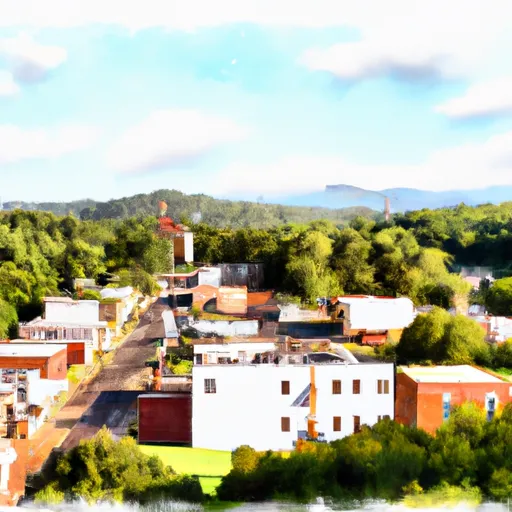°F
°F
mph
Windspeed
%
Humidity











Hollins, Alabama is a small town located in the southeastern part of the state. The town experiences a humid subtropical climate, characterized by hot, humid summers and mild winters. Summers in Hollins are typically long and hot, with temperatures reaching into the 90s Fahrenheit (32°C) and high humidity levels. Winters are relatively mild, with temperatures averaging in the 50s to 60s Fahrenheit (10-16°C), making it an ideal destination for those who prefer a temperate climate.
The hydrology constituents in Hollins are primarily composed of various streams and creeks that flow throughout the area. These water bodies provide opportunities for fishing, boating, and other water-related activities. Outdoor enthusiasts can explore the nearby Cheaha State Park, which offers hiking trails, camping sites, and breathtaking views from the highest point in Alabama, Mount Cheaha. Additionally, Hollins is located near the Coosa River, providing opportunities for water sports such as kayaking and canoeing.
In summary, Hollins, Alabama offers a humid subtropical climate with hot summers and mild winters. Its hydrology constituents primarily consist of streams and creeks, providing ample recreational opportunities for fishing, boating, and water sports. Visitors can also explore the nearby Cheaha State Park and enjoy various outdoor activities such as hiking and camping.
Weather Forecast
Hollins receives approximately 1420mm of rain per year, with humidity levels near 86% and air temperatures averaging around 17°C. Hollins has a plant hardyness factor of 7, meaning plants and agriculture in this region tend to thrive during the non-winter months.
Regional Streamflow Levels
110
Cubic Feet Per Second
85
Cubic Feet Per Second
78
Cubic Feet Per Second
35
Cubic Feet Per Second
Nearby Camping
| Camping Area | Reservations | Toilets | Showers |
|---|---|---|---|
| Frank Jackson State Park | |||
| Topsail Hill Preserve State Park | |||
| Marshall County Park | |||
| Lake Guntersville State Park | |||
| Maxwell/Gunter AFB Military | |||
| Florala State Park |



